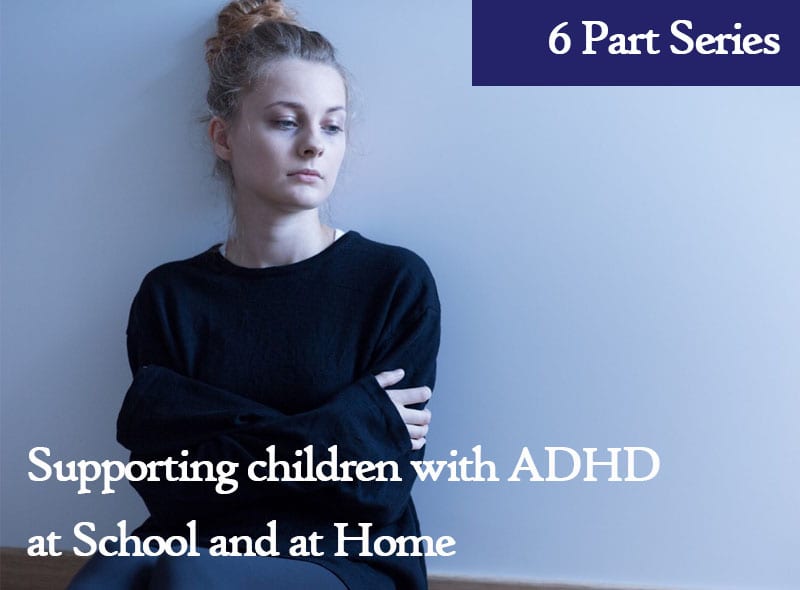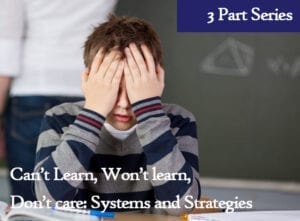Description
Video sessions
There are 6 x 30-minute video sessions
- To introduce and explain the principles of SF3R
- To show Structure creates safety and security
- To explain how Flexibility provides freedom and complements and does not contradict structure
- To outline how effective Rapport is needed to develop Structure and Flexibility for children and young people who are pushing back
- To maintain and show how relationships are vital to achieve happiness and wellbeing between peers and siblings
- To illustrate how Role Models can display the principles outlined above in practice
What is SF3R?
S stands for Structure which is in essence the values, rules, and systems children and young people with ADHD require in order to make sense of the world around them. The structure allows children and young people to feel safe, stable, and creates security in their lives.
Structure means developing clear boundaries and expectations and requires consistency and specific rituals to be most effective
F is for Flexibility, where adaptation to a range of different learning and behavioural techniques and strategies will complement the structure in our lives. Flexibility when applied successfully will allow freedom, opportunity and fun for children and young persons with ADHD.
Flexibility requires an appreciation of different learning styles. It is inclusive and is the reason why fairness is not giving everyone the same but giving people what they need
The 3Rs are the means of selling, supporting, and sustaining Structure and Flexibility.
R is for Rapport which requires people skills including the effective use of praise and the power of active listening. Successful rapport results in trust and respect for people for who they are and not who we wish them to be.
Rapport creates respect, trust, and self-esteem for children and young persons with ADHD
R is for Relationships not just between the teacher and child but between peers in order to understand neurodiversity in learning and behaviour
Relationships need partnerships and ways of keeping those partnerships positive and productive
R is for Role Models as children and young persons with ADHD look for guidance from others, Role Models provide direction and purpose and were themselves, successful graduates of SF3R
A Role Model is someone who appears to do the right things for the right reasons at the right time
Teaching and raising children and young persons with ADHD is not always easy and straightforward. Children and young people are not robots (nor would we wish them to be) and as a result challenges to structure and routine will take place. This is where creativity and patience will need to occur in order to navigate the trials and tribulations of life both at school, at home, and with interaction with peers.


